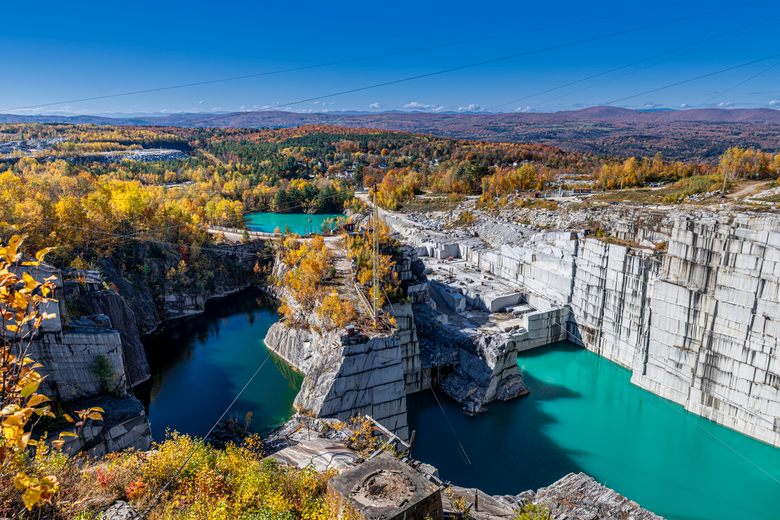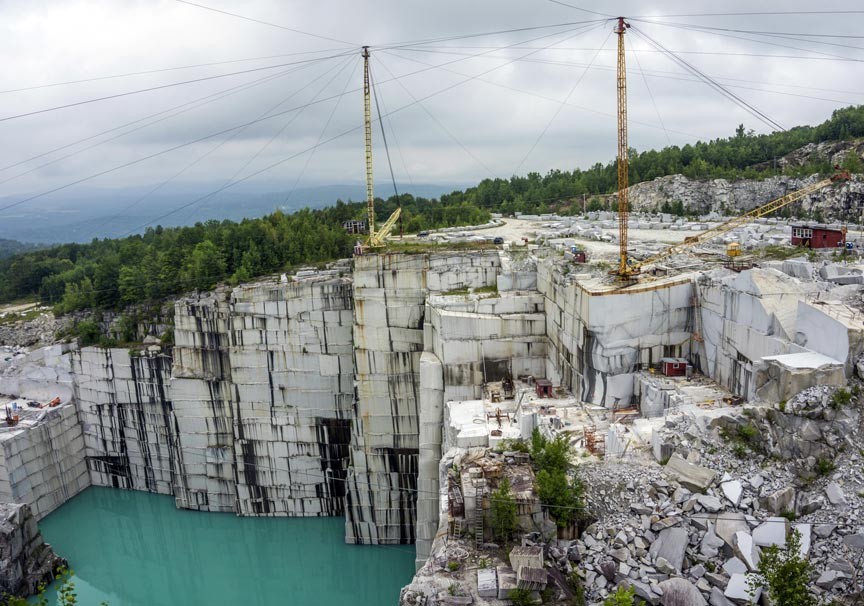Travelling With Granite Quarries in South Africa: A Visual Odyssey
Travelling With Granite Quarries in South Africa: A Visual Odyssey
Blog Article
Unearthing the Rich Background and Sustainable Practices of Granite Quarrying
As we stand on the precipice of uncovering the detailed tapestry of granite quarrying, a journey via time reveals not simply the physical act of removing stone but additionally the cultural and historical importance woven right into the very material of this method. From the old origins that laid the structure for modern quarrying methods to the lasting techniques that are shaping the future of this sector, each carve mark on granite surface areas narrates waiting to be discovered (granite quarries in south africa). The legacy of granite quarrying extends much past simple extraction; it is a testimony to human resourcefulness, resilience, and the enduring allure of this magnificent stone
Ancient Beginnings of Granite Quarrying
Dating back to ancient civilizations, the technique of quarrying granite has been an important component of human history and building improvement. The earliest proof of granite quarrying go back to ancient Egypt, where massive pyramids and elaborate sculptures were crafted from this sturdy rock. The Egyptians made use of primitive tools to remove granite blocks from quarries, showcasing the importance of this product in their huge buildings.
Progressing in history, the Greeks likewise made considerable payments to the quarrying of granite. The Greeks used granite in different building marvels, such as holy places and statues, demonstrating their ability in shaping and carving this durable stone. The Romans further refined the techniques of quarrying granite, using sophisticated tools like chisels and hammers to essence and shape granite for their iconic frameworks.
With the centuries, the practice of quarrying granite has actually developed, with contemporary technologies improving effectiveness while maintaining the ageless charm of this natural rock - granite quarries in south africa. From ancient human beings to contemporary builders, the heritage of granite quarrying continues to form our globe
Evolution of Quarrying Strategies
The advancement of quarrying strategies has been marked by a continuous development towards greater performance and precision in drawing out granite. Early quarrying methods included hands-on labor with basic tools such as chisels, hammers, and wedges to remove granite blocks from the earth.
Advancements in computer-controlled devices and 3D modeling have actually enhanced quarrying procedures, leading to very little ecological influence and enhanced sustainability techniques. As the demand for granite continues to climb, the evolution of quarrying methods remains integral to meeting industry Continue needs efficiently and sustainably.
Social Relevance of Granite
Granite holds a profound social importance across numerous worlds due to its long-lasting existence in architectural work of arts and revered monoliths. The social significance of granite extends beyond its physical characteristics; it embodies durability, security, and timelessness, making it a sign of enduring legacies and traditions.

Lasting Practices in Quarrying
Among the rich background of granite quarrying and its cultural importance exists an expanding focus on sustainable techniques within the industry. As environmental recognition and get more concerns about source depletion have increased worldwide, the quarrying industry has actually increasingly embraced sustainable techniques to minimize its influence on the atmosphere and surrounding areas.

Additionally, reclamation and recovery of quarry sites post-extraction are integral to sustainable practices. By bring back quarried locations to a natural or advantageous state, such as developing wild animals environments or leisure rooms, quarriers can offset the ecological impact of their operations and contribute favorably to the neighborhood environment.
Tradition of Granite Quarrying
With a historic background soaked in workmanship and industrial development, what enduring effect has granite quarrying left on the landscape of modern society? The heritage of granite quarrying goes beyond plain removal practices; it has formed building wonders, urban landscapes, and social heritage worldwide. The resilient nature of granite has actually made it a recommended selection for monoliths, structures, and infrastructure, standing as a testament to the skill and virtuosity of quarry workers across generations.
Furthermore, the economic impact of granite quarrying can not be overlooked. The industry proceeds to provide job opportunity and drive regional economic climates in regions where granite extraction prevails. It has likewise spurred technical developments in quarrying techniques and tools, bring about more effective and sustainable techniques.
In regards to sustainability, the legacy of granite quarrying includes initiatives to reduce environmental influences through reclamation tasks and accountable source monitoring. By websites balancing financial interests with environmental stewardship, the industry strives to guarantee that future generations can proceed to take advantage of this enduring natural deposit.
Final Thought

Report this page